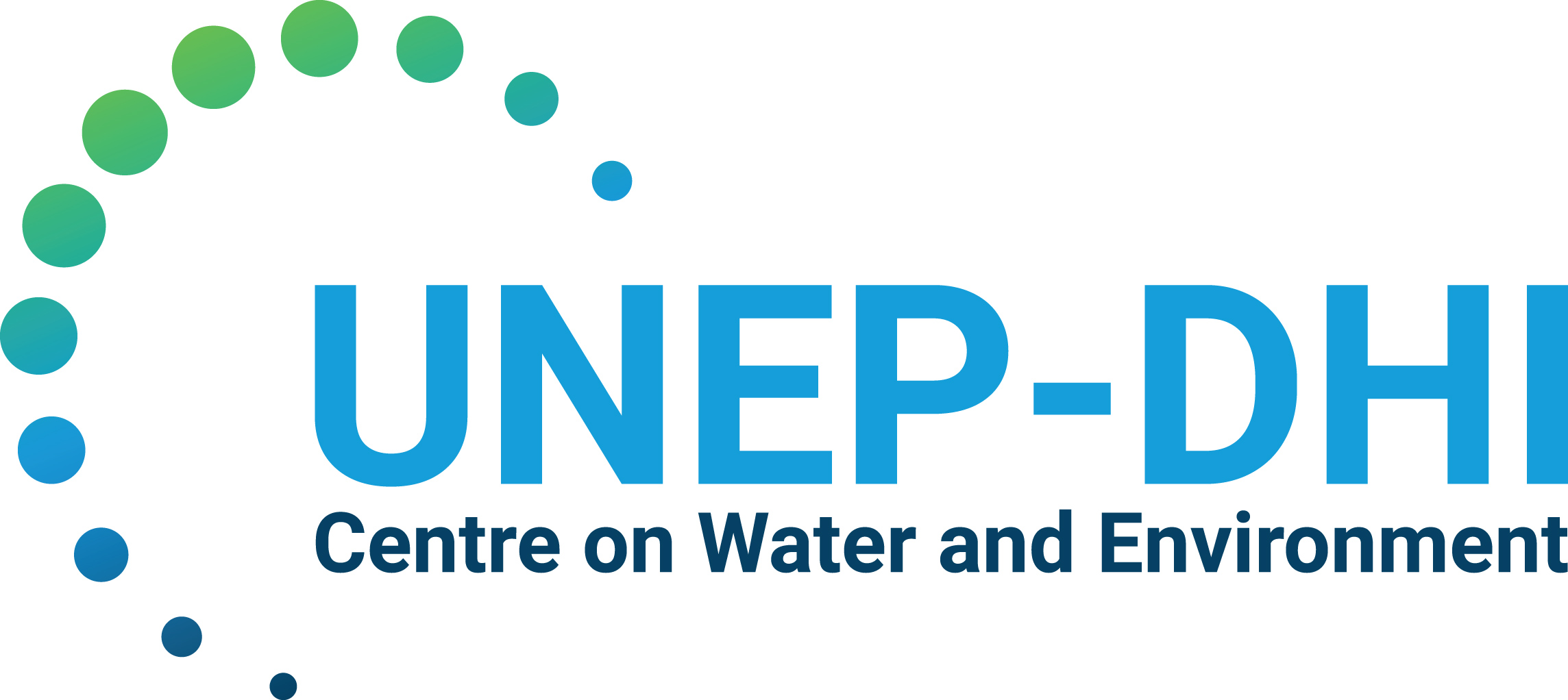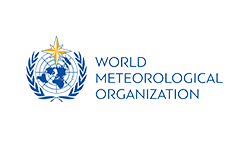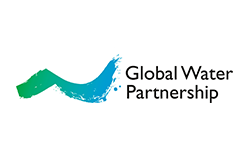Integrated Drought Management: Monitoring and Early Warning




Droughts have deep, widespread, and often underestimated impacts on societies, ecosystems and economies. While drought is a recurring and natural climatic phenomenon, climate change is increasing temperatures and evaporation as well as disrupting rainfall patterns, increasing the frequency, severity and duration of droughts in many regions.
A proactive, integrated approach to drought management is essential. Three pillars need to be considered to ensure a successful drought policy and implementation:
- monitoring and early warning,
- vulnerability and impact assessment, and
- preparedness, mitigation and response.
About this Course
This course presents the definitions, life cycle and common impacts of drought, introduces the three pillars of integrated drought management, before focusing in more detail on monitoring and early warning. Access to data is key to drought monitoring and early warning processes. Indicators and indices are used to describe drought conditions and provide the basis for conducting drought assessments.
By learning how to select indicators and indices that are relevant to their regional context, the course is a practical introduction to the available tools and products that can be used for drought monitoring and forecasting, as well as impact assessment. The course has been developed by the Integrated Drought Management Programme (IDMP) in collaboration with several IDMP.
Course Objectives
- Explain the drought phenomenon and how climate change affects it
- Understand the “three pillars approach” of proactive integrated drought management
- Demonstrate how integrated drought management is related to international processes, including the Sustainable Development Goals (SDGs), Paris Agreement, Sendai Framework for Disaster Risk Reduction 2015-2030, and UNCCD.
- Identify which components and parameters of the water cycle impact drought monitoring
- Assess current drought risk using historical hazard and impact data
- Outline the elements of a drought early warning system
- Assess, select and interpret regionally relevant drought monitoring indices and triggers
- Analyse relevant indices with a focus on agricultural impacts
- Create a drought intensity map from data and indicators using the tools presented in this course
Participants
The course is open to participants representing various stakeholder groups working with drought management who are interested in taking the course and completing all modules. This includes:
- Meteorological and hydrological experts from climate departments, climate service providers, environmental and disaster risk reduction agencies, agriculture experts and policy-oriented professionals
- Stakeholders and professionals forming part of water management, civil society, river basin or international organizations; development programmes and members of UN organizations; and representatives of the private sector
Sustainable Development Goals focal points and facilitators within national governments - Decision-makers, policymakers, resource managers and high-level professionals and managers active in governmental bodies
Capacity developers active in the fields of Drought Management, Integrated Water Resources Management, Climate Action, among others.
Gender balance is very important for all course partners; we especially encourage women to participate in this course.
Course structure:
The course contains the following modules:
Module 1: Drought concept and risk management approaches
Module 2: Introduction to indices and indicators for drought monitoring
Module 3: Selecting relevant indices and indicators for your region
Module 4: Practical application of drought monitoring and forecasting tools
Answering multiple-choice questions at the end of each module is a prerequisite for completing each module and advancing to the next module.
Course participants will find valuable and updated readings, videos, suggested websites, real world examples, and interact with their peers in rich forum discussions to connect the course contents with their own experiences and challenges.
Course contents:
Content is based on the revised training manual Drought Risk Reduction in Integrated Water Resources Management
Among other reading suggested in the manual, participants will be introduced to:
- Global Assessment Report on Disaster Risk Reduction: Special Report on Drought 2021
- IDMP Handbook on Drought Indicators and Indices
- UNCCD Drought Toolbox
Assumed knowledge/prerequisite knowledge:
Participants are expected to have previous knowledge of the basic science behind climate change and the water cycle.
Time requirements:
Estimated 2 hours per module, including attendance and preparation. Participants who wish to read other suggested readings and related videos will require additional time.
Course approval criteria:
60% correct responses on the set of multiple-choice questions in each module. Participants who complete all modules receive a certificate from the course organizers.
Facilitators:
Bertrand Richaud
Bertrand Richaud has more than 10 years’ experience working in integrated water resources management (IWRM), hydrology and drought risk management. Through several projects he has supported countries, transboundary basins, and international organizations to design and implement digital tools to support decision-making, including drought monitoring and early warning systems. He has also been involved in numerous capacity-building activities in the form of trainings or webinars with a focus on IWRM and Drought Risk Management. Bertrand led the development of the UNEP-DHI portal, which is one of the key components of Pillar 1 of the UNCCD Drought Toolbox.
Lisbet Rhiannon Hansen
Lisbet Rhiannon Hansen has over seven years’ experience working with climate change adaptation, disaster risk reduction and IWRM. She has worked at the community level on climate change adaptation, and with governments and international organizations during negotiations that led to the Paris Agreement and the Sendai Framework. Since 2015, Lisbet has worked on the implementation of IWRM projects in sub-Saharan Africa financed by bilateral and multilateral donors. At UNEP-DHI, Lisbet is working to develop tools, knowledge products and online training courses that promote action to achieve the SDGs.
Katrin Ehlert
Dr Katrin Ehlert is an environmental scientist with more than eight years’ experience in environmental research and engineering in the field of soil protection in the context of agricultural usages, soil and water quality assessments and environmental impact studies. At WMO she works on topics related to agricultural meteorology to support national meteorological and hydrological services and she provides technical and scientific support to the WMO Service Commission’s Standing Committee on Agriculture. Katrin is part of the Integrated Drought Management Programme (IDMP) technical support unit (www.droughtmanagement.info).
![]() Language: English.
Language: English.
![]() Structure: 4 modules.
Structure: 4 modules.
![]() Level: Introductory.
Level: Introductory.
![]() Content: readings, videos, forums.
Content: readings, videos, forums.
![]() Time: 8 hours.
Time: 8 hours.
![]() Total time dedication: 4 weeks.
Total time dedication: 4 weeks.
![]() Institutions: Cap-Net, UNEP-DHI, World Meteorological Organisation, Global Water Partnership, IDMP. Volta Flood and Drought Management
Institutions: Cap-Net, UNEP-DHI, World Meteorological Organisation, Global Water Partnership, IDMP. Volta Flood and Drought Management
![]() Certification: Attendance and Completion
Certification: Attendance and Completion
![]() Course Start and End Date: 21/02 - 15/11
Course Start and End Date: 21/02 - 15/11